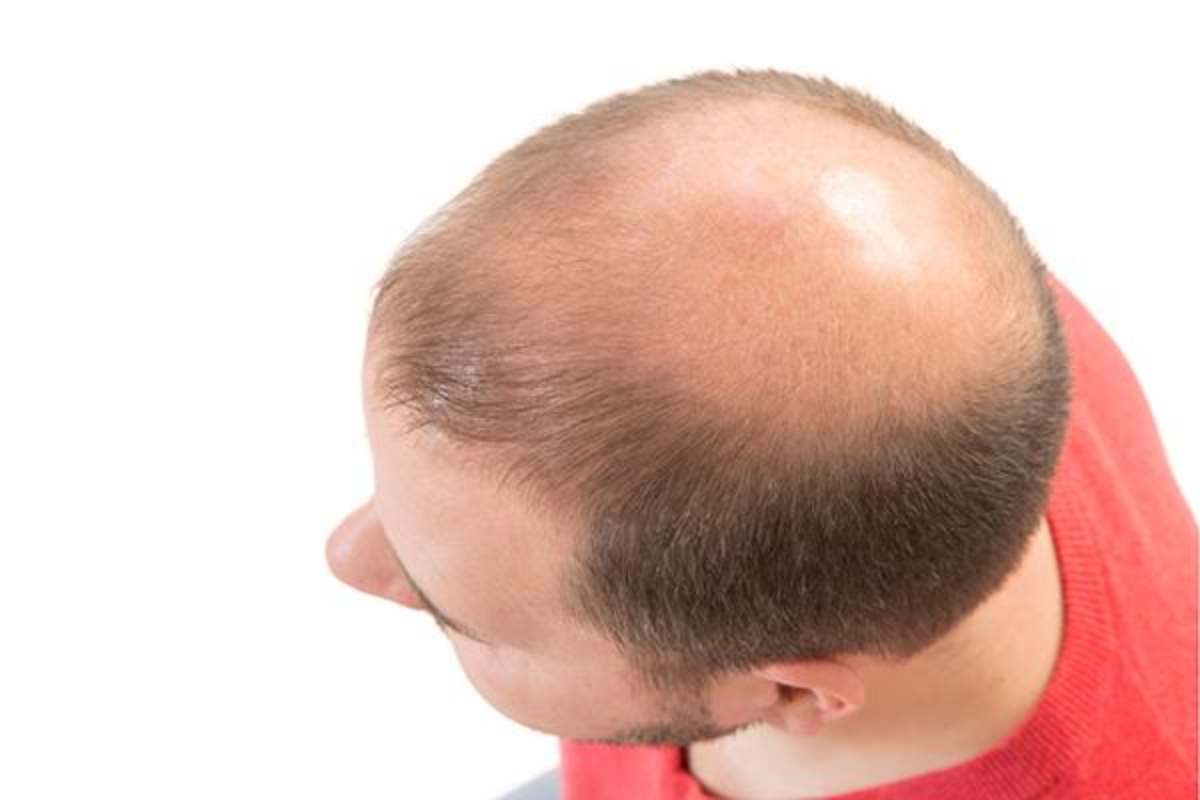With this week’s hair blog, we report on yet another accidental discovery recently made in the world of hair loss research. Researchers at the University of California San Francisco have discovered that a specialized type of immune cell normally associated with inflammation also plays a vital role in stimulating stem cells within the skin to promote hair-follicle regrowth.
The lead researcher, Dr. Michael Rosenblum, MD, PhD—a dermatologist—was performing other skin-related research. However, Rosenblum’s discovery was that regulatory T cells (Tregs, pronounced Tee-regs) typically involved in controlling inflammation within the body also promote hair growth.
In a healthy head of hair, hairs are continually falling out and regrowing in a cycle. After a hair falls out, the hair follicle must partially regrow. According to Rosenblum, stem cells lead the charge in stimulating the hair follicle to replace the lost hair. Before this latest discovery, scientists believed stem cells did their work in triggering hair follicle regeneration without any help.
This latest study suggested that hair-follicle stem cells might themselves be dependent on Tregs to know when to stimulate the hair follicle. This was surprising because Tregs have long been known as “teacher” cells to the body’s immune system. These anti-inflammatory immune cells “instruct” the immune system as to which substances and cells within the body should be treated as harmless and/or helpful, and which should be attacked as an enemy.
If Tregs fail to do their job correctly, the body can develop allergies to substances that should otherwise be harmless (e.g., ragweed, pollen, peanuts, pet dander, etc.). Tregs normally reside within the body’s lymph nodes, which serve as part of the immune system’s conduction and filtering system.
Rosenblum noted, however, that some Tregs are based outside the lymph nodes and instead reside directly within other bodily tissues. These more-specialized Tregs appear to play other roles, related mostly to metabolism, in addition to their normal immune-system functioning. With their non hair loss research related primary study, Rosenblum and his team set out to gain additional insight into exactly what these homesteading Treg cells do to promote healthy skin.
To that end, Rosenblum and his team created a procedure for removing skin-based Treg cells from laboratory mice. Of course, all that pesky mouse hair stood in the way of direct observation of the skin so they shaved the mice to have better visualization. However, in the skin now devoid of Tregs, the mouse hair didn’t grow back. This is when their focus shifted into the realm of hair loss research.
Surprised by this discovery, Rosenblum and his team conducted a second study, this one led by University of California San Francisco postdoctoral fellow Niwa Ali, PhD. This second study was specifically designed as hair loss research. The researchers in this second study set out to study the role of Tregs in hair follicle regeneration.
The researchers found that the number of Tregs increases up to three times their normal amounts as the hair follicle begins replacing a lost hair. Interestingly, the researchers also identified a three-day window during which removal of the Tregs must be performed in order to prevent hair regrowth. Removing the Treg cells after hair growth initiated had no effect.
The researchers also found the Treg cells’ role in regenerating a hair follicle to be totally unrelated to immune-system function. Instead, these particular Tregs appeared to have evolved with their stem cells to develop a specific method for directly communicating through protein-based signals.
So what do these findings mean in terms of real-world treatments for baldness? If you’re currently suffering from male pattern baldness, should you immediately call your dermatologist to schedule a course of “Treg” cell-based therapy? No. Unfortunately not.
However, these finding could have marked impact on the study of Alopecia Areata, an autoimmune disorder wherein the body attacks its own hair follicles, causing hair to fall out in patches. Although alopecia is quite common—more so than type 1 diabetes—at present, its cause remains a mystery.
Patients with Alopecia Areata are not candidates for hair transplant surgery. However, Rosenblum, Ali, and their team also noted that Treg cells may well play a role in male pattern baldness. To know for sure, more research will be required. Where have we heard that before?
If you’re suffering from male pattern baldness right now and don’t have time to wait for “further research,” give us a call at the Limmer Hair Transplant Clinic. We’re putting yesterday’s research (and sometimes today’s) into practice right now, with cutting-edge hair treatments that can give you the best looking head of hair possible. Of course, results from patient to patient can vary for identical procedures, but we guarantee that the results will always look natural.







